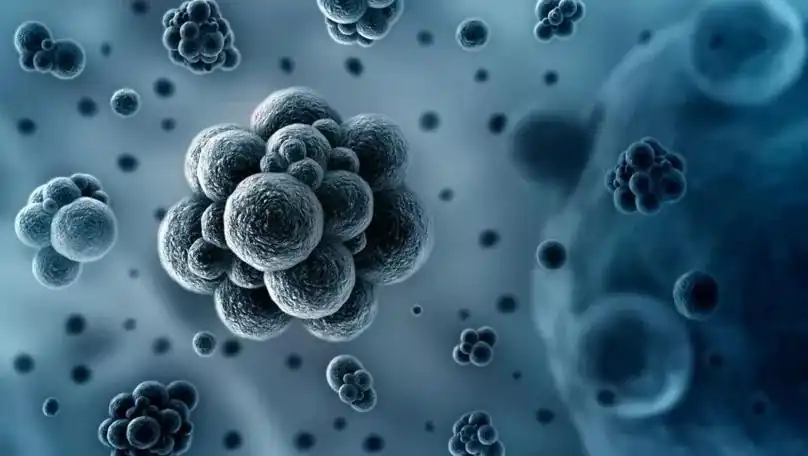Messi Biology states that several studies have explored the antibacterial properties and mechanisms of nano-magnesium hydroxide and have applied them.

Firstly, the antibacterial properties of nano-magnesium hydroxide in suspension against Escherichia coli, Staphylococcus aureus, and Burkholderia cepacia were examined. The results showed that under the action of nano-magnesium hydroxide, the survival rate of bacteria decreased with the increase of time, and the bacterial death was irreparable. Compared with the antibacterial efficiency of other nanomaterials including CuO, NiO, and clay, the antibacterial efficiency of nano-magnesium hydroxide against Gram-positive bacteria was lower than that of CuO, while against Gram-negative bacteria, it was similar to CuO and higher than NiO, demonstrating the good application prospect of nano-magnesium hydroxide as an antibacterial agent.
In addition, a multiple headspace extraction gas chromatography (MHE-GC) technique was established to detect microbial growth and to draw the growth curve of E. coli, avoiding the problems of large workload and errors in the original headspace method. Compared with the turbidimetric method, the MHE-GC method can detect the growth rate of E. coli 1.2h earlier, with higher sensitivity. The detection results of the number of E. coli are consistent with the results of the plate colony counting method, indicating that the MHE-GC method has high accuracy.
Secondly, taking E. coli as the test object, the antibacterial mechanism of nano-magnesium hydroxide was discussed. The experimental results showed that OH- and Mg2+ in the suspension of magnesium hydroxide nanoparticles had no bactericidal effect on the growth of E. coli, but the alkaline solution with pH—10 had a certain inhibitory effect on the reproduction of E. coli. Its sterilization process can also be carried out in the dark, indicating that the sterilization of nano-magnesium hydroxide does not depend on the light source. A cell-endocytosis-dissociation mechanism is proposed, that is, magnesium hydroxide nanoparticles enter the cell through cell-endocytosis, and release a large amount of OH- in the aqueous environment in the cell, which destroys the normal neutral environment in the cell, causing chemical denaturation of nucleic acids and proteins, leading to bacterial death. The experimental results confirm that hindering or promoting the cell’s endocytosis of magnesium hydroxide, such as the selection of micron-sized magnesium hydroxide particles, the addition of energy inhibitors, and the introduction of long-term ultraviolet irradiation, seriously affect the progress of the sterilization process.
Finally, the antibacterial properties of nano-magnesium hydroxide were applied to prepare antibacterial paper and PVDF/magnesium hydroxide blend film. Nano-magnesium hydroxide antibacterial paper was prepared by the wet addition method, and the retention rate of magnesium hydroxide in the paper samples and the antibacterial properties of the paper were investigated. The results showed that the retention rate of nano-magnesium hydroxide was higher than 75%, which can meet the requirements of practical application. Under the experimental operating conditions, the paper samples with 3 wt% of magnesium hydroxide nanoparticles added can achieve 100% sterilization rate of E. coli within 18 h, which has a good application prospect.
A PVDF/magnesium hydroxide blend film was prepared by the phase conversion method. The composition structure, mechanical stability, and bovine serum albumin (BSA) adsorption amount of the blend film were experimentally determined, and the influence of magnesium hydroxide nanoparticles on the membrane pore structure and permeation performance was investigated. The results showed that the addition of magnesium hydroxide nanoparticles changed the pore structure and hydrophilicity of the PVDF/magnesium hydroxide blend film. When the PEG concentration was 5wt%, the filter cake resistance of the blend film treated with bacterial solution was reduced to 1/5 of the original PVDF membrane, which significantly improved the antifouling property of the membrane.
